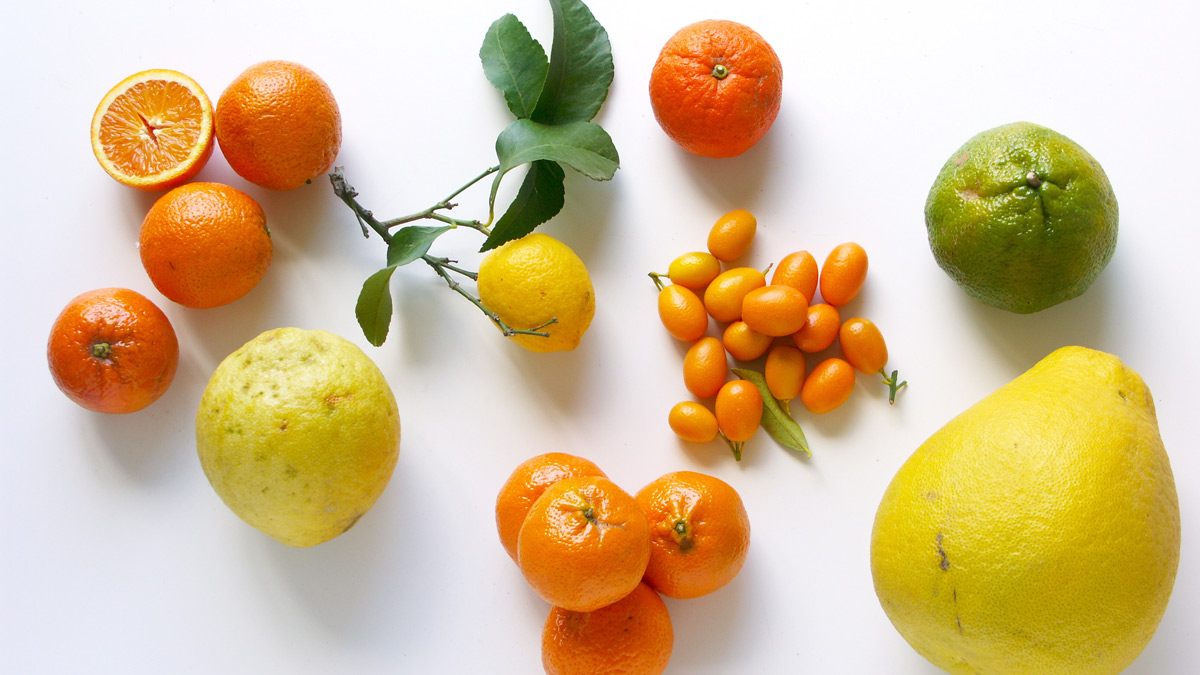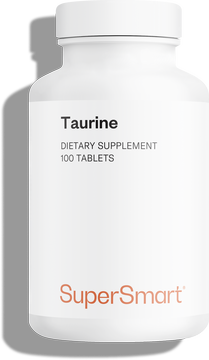6 things you didn’t know about vitamin C!
Vitamin C? Of course you’re familiar with it, but do you actually know all there is to know? Here are 6 examples of vitamin C facts that many people don’t know.

Oranges aren’t the leaders in vitamin C
Even though oranges boast a vitamin C level of 100 g (a freshly squeezed orange has 53 g), several other fruits and vegetables are even richer in vitamin C. Red peppers (101-166 mg) and green peppers (54-132 mg), kiwi fruit (70 mg) and broccoli (54 mg) are also great examples of foods rich in vitamin C.
What you can do
Vary the fruits and vegetables that you eat as much as possible in order to enjoy their benefits and their abundance of vitamins. You also won’t get tired of your diet.
Consider taking vitamin C supplements in winter
Our immune systems must be especially active in winter (when they encounter more viruses and colds), and use vitamin C extensively. Vitamin C is an antioxidant that plays a significant role in the immune defense system, helping to fight invading microbes and regenerate tissues.
What you can do
Ongoing fatigue, trouble recovering from winter viruses, and generalized pain can be symptoms of a vitamin C deficiency. Don’t wait to ask for advice and/or consider taking supplements.
Vitamin C deficiency is not unusual
Vitamin C is a hydrosoluble vitamin that you should definitely include in your diet as your body can’t store it (the kidneys excrete excess vitamin C). You should therefore be sure that you’re consuming vitamin C every day, throughout the year. And if you don’t? People who don’t eat enough fruits and vegetables are more likely to experience vitamin C deficiency.
What you can do
Eat at least 5 fruits and vegetables per day throughout the year, and start eating a healthy, varied, and balanced diet as soon as possible.
Vitamin C is fragile
Cooking partially destroys vitamin C. It is also oxidized quickly as soon as fruits and vegetables -the main suppliers of vitamin C- are exposed to open air just a little too long . Interestingly, the skins of some fruits and vegetables (including peppers, apples, and zucchini) are rich in vitamin C.
What you can do
Eat fresh fruits and vegetables soon after buying them (within 2-3 days), and store them in a cool, dark place. If you mix or press fruits, be sure to drink the juices or smoothies promptly. You can also occasionally buy organic fruits and vegetables and eat them with their skins .
Our bodies need more vitamin C when we exercise
Engaging in regular, intense exercise (at least 3-4 one-hour sessions per week) produces oxidative stress that can increase our need for vitamin C (specifically to regenerate cells). Athletes may want to consider increasing their vitamin C intake slightly (the recommended Dietary Reference Intake, or DRI, for an adult is 110 mg/day). Athletes, however, aren’t the only people who require more than the average DRI: pregnant women or nursing mothers (120 -130 mg/day), the elderly (120 mg/day), and smokers (120 mg/day) also need more vitamin C.
What you can do
Eat more fruits and vegetables or take supplements if you are in a group with a higher DRI.
Vitamin C facilitates absorption of iron
Vitamin C has specific benefits for people with an iron deficiency, or anyone who needs more iron (such as pregnant women). Eating foods rich in vitamin C with foods rich in iron helps our bodies absorb that iron.
What you can do
Plan menus so they include some foods that are rich in iron and others that are rich in vitamin C (lentils + orange juice, red meat + kiwi, and other combinations).
Keywords
3 Days
Great customer service - responsive …
I ordered from them and my item was unavailable for sometime. I was super happy when they reactivated my order and shipped my item which arrived very quickly. Great customer service.
Ruth Rueter
4 Days
Super fast shipping
Super fast shipping
Donald Borling
7 Days
Reputable companysearch and the number of…
The research and the number of selection of products.
NAKHJAVAN Shervin
20 Days
The Anti Aromatase is a great product
The Anti Aromatase is a great product. You just need to have constant inventory. Recently this product has been out of stock.
GEORGE Verne
22 Days
Great help on chat
Great help on chat. Knowledgeable and friendly.
Jason Argos
25 Days
Customer service was fast and friendly.
Customer service helped to stop the transaction process of the subscription. I appreciated that.
Greenie
26 Days
I order here due to the high quality of…
I order here due to the high quality of the products and the quick delivery of items - thank you
Barbara J
27 Days
SuperSmart's Eye Pressure supplements: highly recommended!
I purchase SuperSmart's Eye Pressure supplements regularly for over 5 years, and gotta say they are truly a wonderful product for my Glaucoma. Highly recommended if you have eye pain from your Glaucoma.
D. Martinez
32 Days
Quick service
Quick service
MONELL
32 Days
Speedy service.
Speedy service.
ROSENTHAL Marvin
36 Days
Clear website- Efficient
Clear website. Excellent search engine and fast delivery!
Mohamad Hussein
38 Days
They have great products.
They have great products.
Vickie
39 Days
Great Shipping Time!
You Have A Great Shipping Time! Praise The Lord!
DMHoge
41 Days
Doctor Recommended!
Good pricing, very good availability, doctor recommended (couldn't find what I needed anywhere else), and it took only a week to arrive (which I can't complain about).
Al
41 Days
Great product and fast shipping
Great product and fast shipping
Marie





